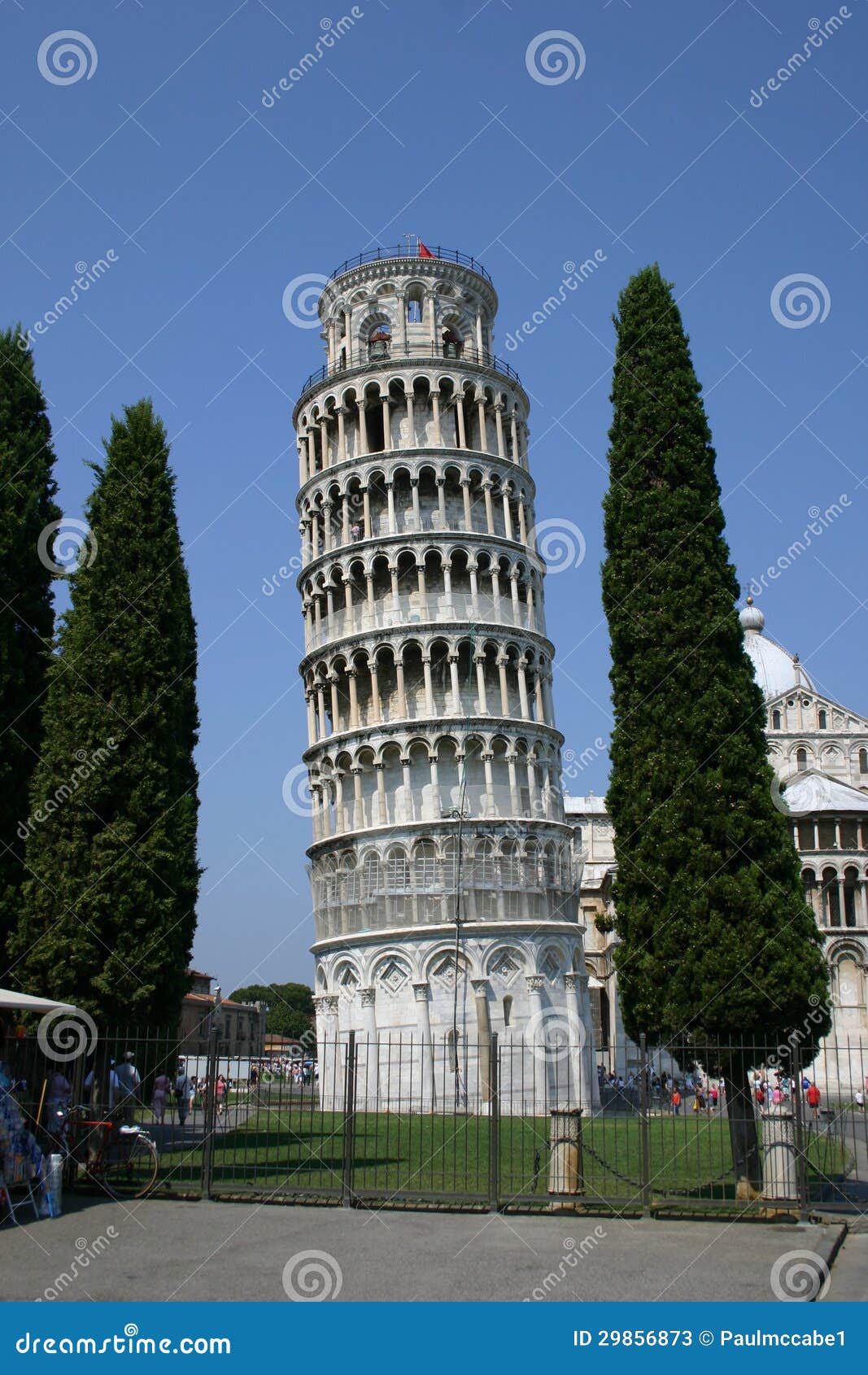

: 20 This was contrary to what Aristotle had taught: that heavy objects fall faster than the lighter ones, and in direct proportion to their weight. He had, however, formulated an earlier version which predicted that bodies of the same material falling through the same medium would fall at the same speed. Galileo's experiment Īt the time when Viviani asserts that the experiment took place, Galileo had not yet formulated the final version of his law of falling bodies. Let us take (as the highly educated Jan Cornets de Groot, the diligent researcher of the mysteries of Nature, and I have done) two balls of lead, the one ten times bigger and heavier than the other, and let them drop together from 30 feet high, and it will show, that the lightest ball is not ten times longer under way than the heaviest, but they fall together at the same time on the ground. The experiment is described in Stevin's 1586 book De Beghinselen der Weeghconst ( The Principles of Statics), a landmark book on statics: Background Ī similar experiment was conducted in Delft in the Netherlands, by the mathematician and physicist Simon Stevin and Jan Cornets de Groot (the father of Hugo de Groot). Most historians consider it to have been a thought experiment rather than a physical test. : 19–21 The basic premise had already been demonstrated by Italian experimenters a few decades earlier.Īccording to the story, Galileo discovered through this experiment that the objects fell with the same acceleration, proving his prediction true, while at the same time disproving Aristotle's theory of gravity (which states that objects fall at speed proportional to their mass).


Celebrated demonstration of gravity Comparison of the antiquated view and the outcome of the experiment (size of the spheres represent their masses, not their volumes)īetween 15, the Italian scientist Galileo Galilei (then professor of mathematics at the University of Pisa) is said to have dropped two spheres of the same volume but different masses from the Leaning Tower of Pisa to demonstrate that their time of descent was independent of their mass, according to a biography by Galileo's pupil Vincenzo Viviani, composed in 1654 and published in 1717.


 0 kommentar(er)
0 kommentar(er)
